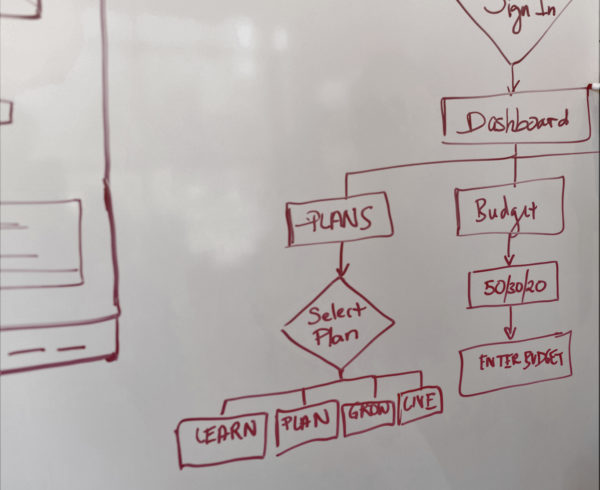Effective procurement management is focused on driving efficiencies through the supply chain through optimising the processes that support the supply chain. Effective supply chain processes can create competitive advantage and boost sales through increased delivery.
There are several ways to approach process optimisation in supply chain management. Three such ways are through cost savings, demand management and resource capability.
Cost savings
Cost savings are critical to optimising a business procurement process, which are typically leveraged against the acquisition of goods and services. Actions to lower costs include:
- Developing a savings methodology – A savings methodology is a concept which includes a baseline methodology and savings calculation
- Identifying bottom-up savings targets found within the business and not driven by external market forces
- Develop a savings business case per a cost grouping – A cost grouping is a category of goods or services that constitute a basket of procurement spend. Being able to develop a business case where savings can be made makes a significant impact, contingent upon the targeted cost grouping
- Monitor, evaluate and optimise savings initiatives – Once cost saving initiatives are in place, procurement costs associated with these different initiatives must be monitored and evaluated, and depending on performance, can be optimised for further efficiencies and savings quickly demonstrated
Demand management
Demand management, part of strategic sourcing, rests on a cyclical, three phase process: data analysis, demand review, and approval and execution. Data analysis considers consumption and spending data, establishing end user requirements, product type, available market opportunity, complexity, inventory levels and other associated information points.
Demand review focuses upon understanding and consolidating revenue plans, historic demand and establishing future procurement requirements. Requirements are then aligned with market conditions, supplier availability and operations. Execution is then aligned to procure against the plan and measure forecast accuracy, inventory, margin and profitability.
In practice, demand management is an iterative process that should occur across all levels of the organisation. The motivation for planning informs the time horizon, which can be divided into strategic (plan updated annually and reviewed quarterly), tactical (quarterly and reviewed monthly), and operational (plan updated monthly and reviewed weekly).
The planning process at each level does not change but what does change is review, update and feedback cycle frequency, the people involved in the process and the inputs/outputs of the process steps.
Demand managements’ key benefits are that project spend and volume are visible, contracts that expire and out of value are reduced, lower to eliminated investment in obsolete inventory, efficient supply of goods and delivery against customer requirements, identifying opportunities to consolidate spend, aligning expectations between all stakeholders and increasing the accuracy of financial planning.
Resource capability
Implementing effective resource capability utilisation within your procurement function can be broken down as follows:
- Identifying critical vacancies and staff across different sourcing environments – With a business regularly needing different sourcing requirements, these functions should be handled by individuals or teams that understand these particular segments, their function in the business and the best way to extract savings where possible. High quality professionals in important roles drive organisational and procurement efficiency
- Establishing objectives/dependences/outputs with roles and responsibilities across supply chain management functions – Once the correct people have been identified and recruited for the requisite role, a set of objectives must be put in place for each individual or team operating across the different business supply chain functions. These objectives should be aligned both to broader business strategy, the procurement strategy and to drive operational efficiencies. Goal setting ensures against organisational drift and resource wastage
- Completing a skills audit and gap analysis – Even in a business with a full staff complement competent in their roles, it is highly unlikely that individual staff members have all the required skills at a high level to perform their jobs to maximum efficiency. The skills audit and gap analysis will list what skills exist in the procurement function and what skills are lacking. From here, a skills development plan or training regime can be establishing to bridge these gaps, leading to more efficient operations
It is important to remember when implementing different initiatives to drive efficiencies within procurement function processes, they do not function in isolation. Maximum impact can be made through both driving efficiencies via different projects and initiatives and understanding how efficiencies produced in one area of a business or procurement function positively impact a different area of the business.
To find out more about how to optimise your procurement function, visit our website to find our more about Letsema’s Next Gen-Operations practice and capabilities.









